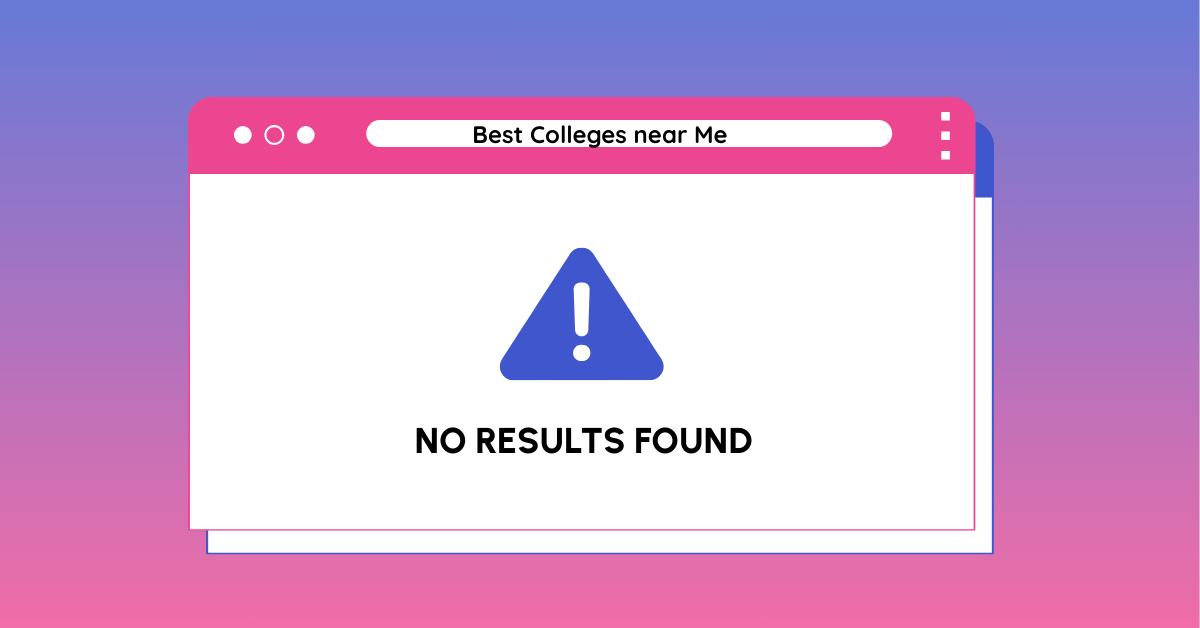Introduction
In an increasingly digital world, your college’s online presence can make or break its enrollment numbers. If prospective students can’t find your institution when they search for degree programs, scholarships, or campus life, they may never even consider applying. The truth is, search engine optimization (SEO) isn’t a luxury—it’s a necessity. Neglecting SEO has real financial and operational consequences for colleges, and the cost of inaction grows every year.In this article, we’ll explore the risks of ignoring SEO, why it should be a cornerstone of your enrollment marketing strategy, and how your college can take action now to improve visibility and attract more students. If you’re ready to elevate your institution’s digital presence, ScaledOn can help—learn more about our SEO services for colleges.
Table of Contents
The High Cost of SEO Neglect in Higher Education
Many colleges assume that if they have a website, they have an online presence. But without SEO, that website might as well be invisible. Here’s what’s at stake if your institution ignores SEO:
1. Decreasing Enrollment Rates
Students and parents rely heavily on search engines to research colleges. In fact, over 60% of prospective students begin their college search online. If your college isn’t appearing in search results for key terms like “best business degree programs” or “affordable liberal arts colleges,” you’re missing out on a huge audience.
Without an SEO strategy, your competitors—who are investing in search visibility—will capture those leads instead. This directly impacts your enrollment numbers, making it harder to meet yearly admissions goals.

2. Skyrocketing Paid Advertising Costs
Many colleges rely on pay-per-click (PPC) advertising to drive website traffic. While PPC can be effective, it’s also expensive and unsustainable without a strong organic presence. The average cost-per-click (CPC) for education-related keywords is among the highest in the industry.
When you ignore SEO, you force your marketing team to depend on costly advertising to compensate for low organic traffic. Over time, this leads to budget bloat and diminishing returns. Investing in SEO ensures that your college can attract students organically, reducing reliance on paid channels.
3. Lower Search Engine Rankings = Reduced Trust
SEO isn’t just about visibility—it’s about credibility. Research shows that students and parents trust colleges that appear at the top of search results. If your institution ranks on page two or beyond, it’s perceived as less authoritative compared to competitors.
A well-optimized website signals to search engines—and to prospective students—that your college is reputable, relevant, and worth considering. Without SEO, you risk losing that trust factor, making it harder to convert visitors into applicants.
4. Poor User Experience on Your Website
Search engines prioritize websites that provide a great user experience (UX). That means fast load times, mobile-friendly design, and intuitive navigation. If your website isn’t optimized for SEO, chances are it’s also failing in these critical UX areas.
A slow or difficult-to-navigate website leads to high bounce rates, meaning prospective students will leave your site before even exploring what your institution has to offer. Google’s algorithms take this into account, pushing poorly optimized websites further down in search rankings.
Why SEO is Essential for Enrollment Marketing
SEO isn’t just about ranking higher in Google—it’s a strategic approach to reaching and engaging with prospective students. Here’s why SEO should be a core pillar of your enrollment marketing strategy:
1. Students Are Searching for Colleges Online
Gone are the days when students primarily relied on brochures and campus visits. Today, students use search engines to research programs, tuition costs, scholarship opportunities, and campus culture. If your college isn’t showing up in search results, you’re missing out on direct engagement with prospective students.
By optimizing for keywords like “SEO benefits for colleges” and “enrollment marketing SEO,” your institution can connect with students at the moment they’re actively searching for information.
2. SEO Helps You Compete with Larger Institutions
Smaller and mid-sized colleges often struggle to compete with well-funded universities that have massive marketing budgets. SEO levels the playing field by allowing institutions of all sizes to improve their search visibility. Through strategic keyword optimization, content marketing, and local SEO, your college can attract students who may not have initially considered your programs.
3. Organic Traffic Converts Better Than Paid Traffic
While PPC campaigns can drive traffic, organic traffic from SEO tends to convert better. Studies show that organic search results receive 10x more clicks than paid ads. That means students who find your college through organic search are more likely to engage, inquire, and apply.
4. SEO Strengthens Your College’s Reputation
A strong SEO strategy involves producing high-quality content that answers prospective students’ questions. Blog posts, program descriptions, and FAQs help establish your college as an authority in the education space. The more valuable content you provide, the more your institution becomes a trusted resource.
How Your College Can Take Action Now
The good news? It’s never too late to start investing in SEO. Here are some immediate steps your college can take to improve its search visibility and attract more students:

1. Conduct an SEO Audit
Before making changes, you need to understand where your college’s website currently stands. An SEO audit will identify:
- Technical issues (slow site speed, broken links, mobile usability problems)
- Keyword rankings and opportunities
- On-page SEO gaps (missing title tags, poorly structured content)
Let ScaledOn perform a comprehensive SEO audit for your college.
2. Optimize for High-Intent Keywords
Target keywords that align with what prospective students are searching for. Examples include:
- “Best nursing programs in [your state]”
- “Affordable MBA programs”
- “Private colleges with generous scholarships”
Strategic keyword placement in page titles, meta descriptions, and content can significantly boost your rankings.
3. Improve Website Performance and User Experience
Ensure your website is:
- Mobile-friendly
- Fast-loading (under 3 seconds)
- Easy to navigate
Google prioritizes user experience, so a well-optimized website will rank higher and keep students engaged longer.
4. Build High-Quality Content
Content marketing is a powerful SEO tool. Publish blog posts, guides, and videos that answer students’ questions. Topics might include:
- “How to Apply for College Scholarships”
- “What to Expect in Your First Year of College”
- “How to Choose the Right Major for Your Career Goals”
Regularly updated content helps boost rankings and keeps your audience engaged.
5. Leverage Local SEO
Many students search for colleges near them. Optimizing for local SEO ensures your institution appears in “colleges near me” searches. Steps include:
- Claiming and optimizing your Google Business Profile
- Encouraging student and alumni reviews
- Listing your college in local directories
6. Partner with SEO Experts
SEO is complex, and higher education institutions need a specialized approach. Partnering with an experienced SEO team ensures that your college stays ahead of digital trends and enrollment challenges.
Conclusion: Don’t Let SEO Inaction Cost You Students
The cost of ignoring SEO is too high for colleges to overlook. With decreasing enrollment rates, rising ad costs, and increasing competition, institutions that fail to optimize for search risk falling behind.
The good news? Your college doesn’t have to navigate SEO alone. ScaledOn specializes in SEO benefits for colleges and enrollment marketing SEO, helping institutions like yours drive more organic traffic and increase student applications.
Contact us today to start building an SEO strategy that secures your college’s future enrollment growth.

